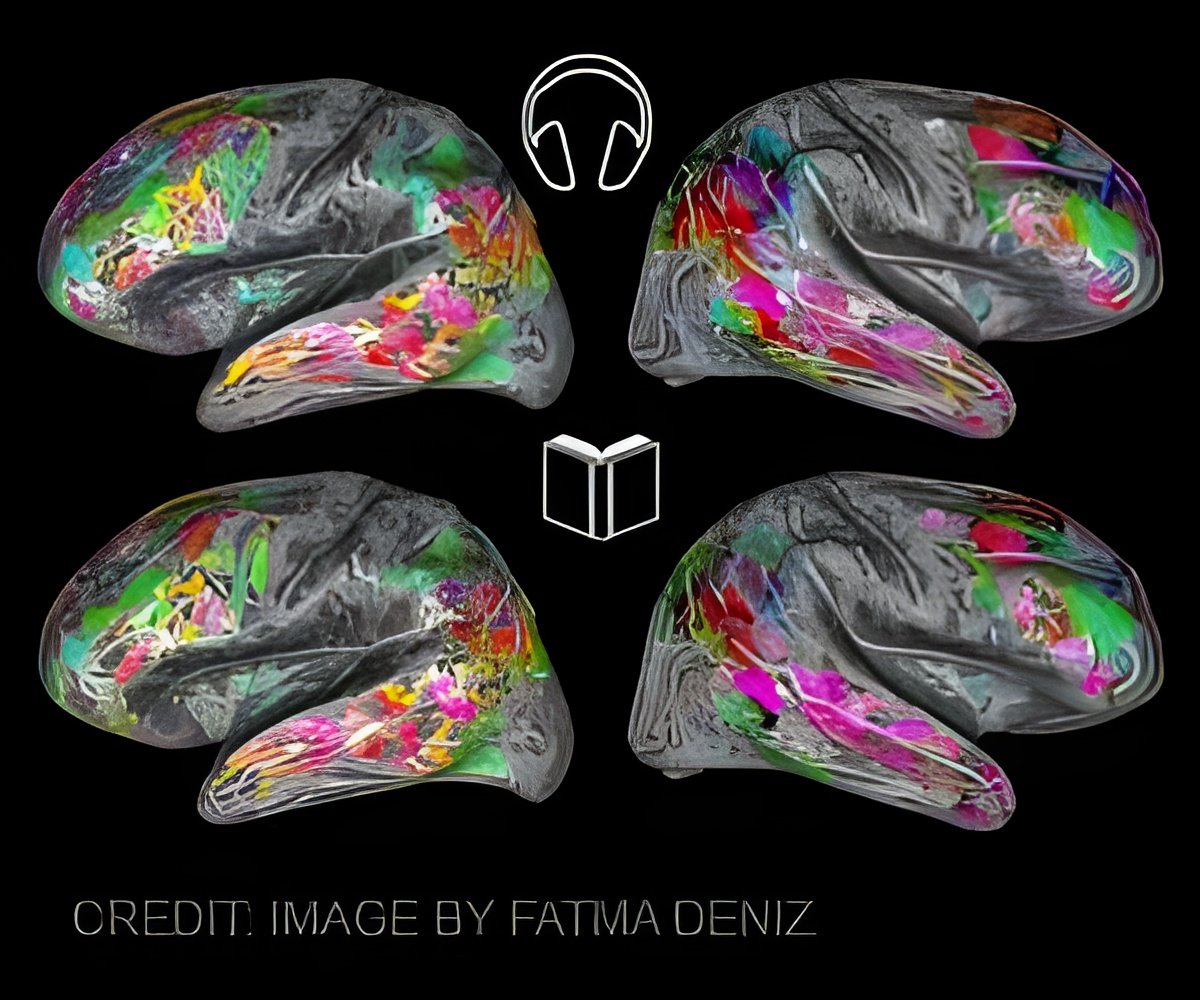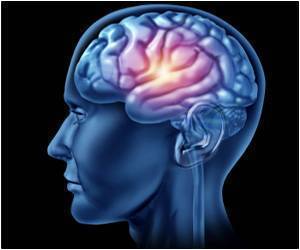
‘The findings also have benefits in creating medications for certain types of epilepsy, mental illness, and dementia such as Alzheimer’s, which are also associated with the nicotine receptor.’
Tweet it Now
The breakthrough at the Peter O’Donnell Jr. Brain Institute comes after decades of failed attempts to crystallize and determine the 3D structure of a protein that scientists expect will help them develop new treatments by understanding nicotine’s molecular effects.“It’s going to require a huge team of people and a pharmaceutical company to study the protein and develop the drugs, but I think this is the first major stepping stone to making that happen,” said Dr. Ryan Hibbs, Assistant Professor of Neuroscience and Biophysics with the O’Donnell Brain Institute at UT Southwestern Medical Center, who co-authored the findings published in Nature.
The protein, called the α4β2 (alpha-4-beta-2) nicotinic receptor, sits on nerve cells in the brain. Nicotine binds to the receptor when someone smokes a cigarette or chews tobacco, causing the protein to open a path for ions to enter the cell. The process produces cognitive benefits such as increased memory and focus but is also highly addictive.
Until the new findings were generated, scientists didn’t have a way to examine at atomic resolution how nicotine achieves these cognitive and addictive effects.
The expectation is that the 3D structures will help researchers understand how nicotine influences the activity of the receptor and lead to a medication that mimics its actions in the brain.
Advertisement
Studies have shown smoking cessation drugs have mixed results in treating nicotine addiction, as have other methods such as nicotine patches and chewing gum.
Advertisement
Source-Medindia














